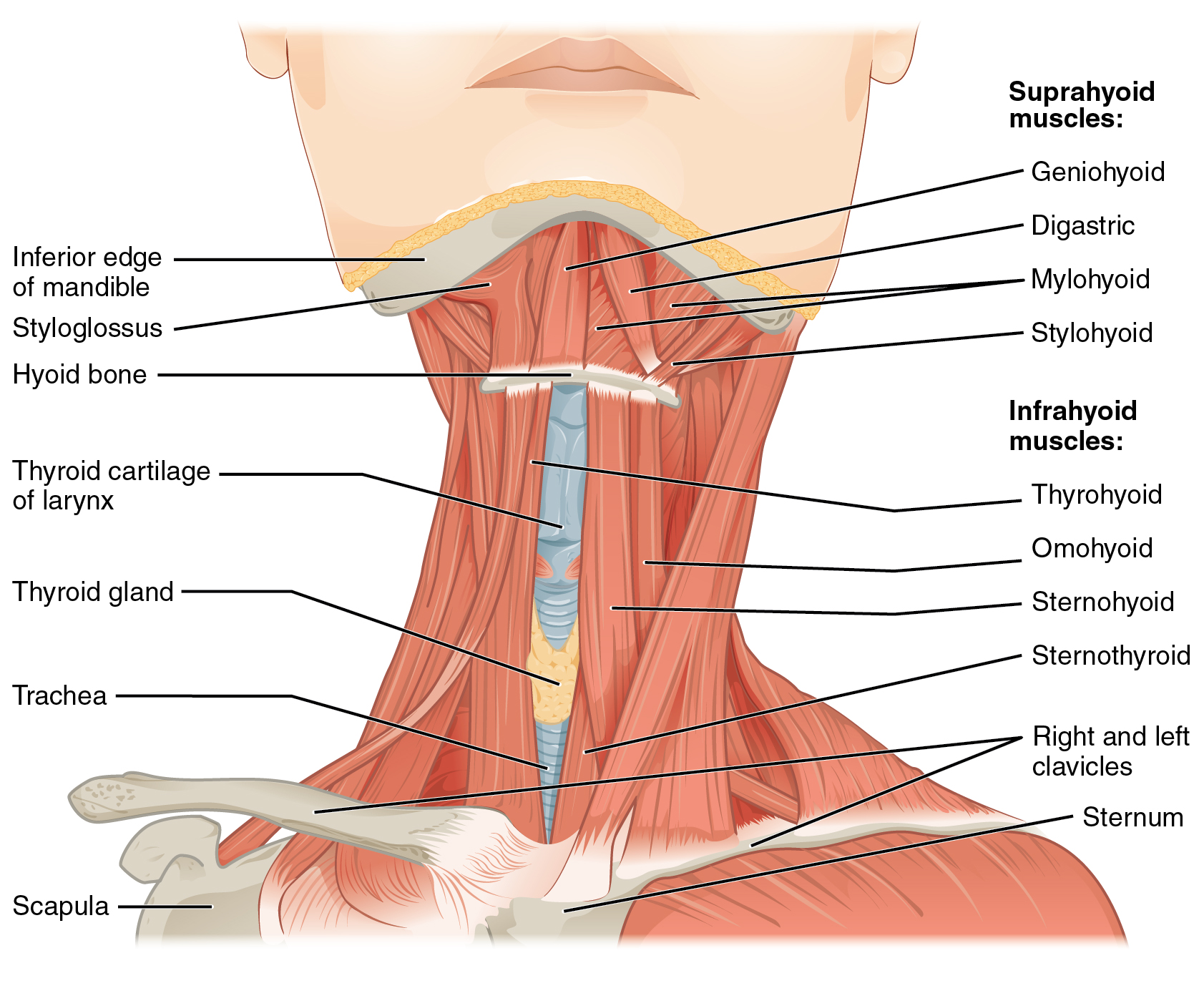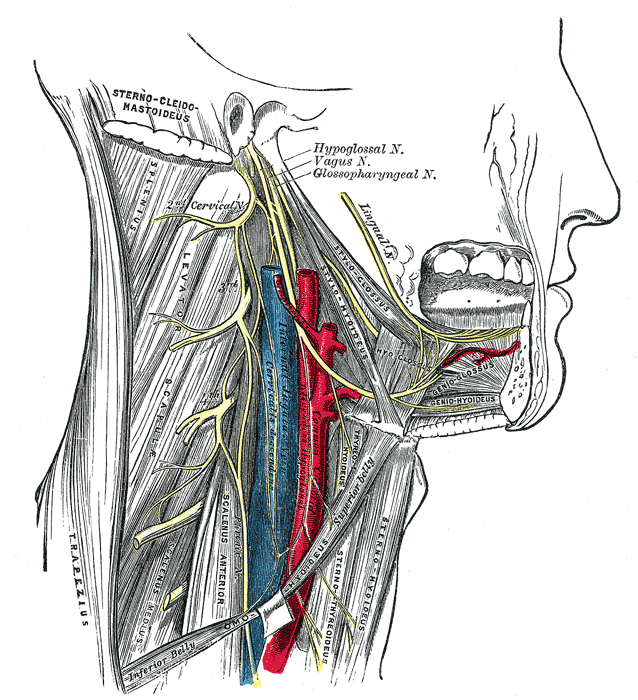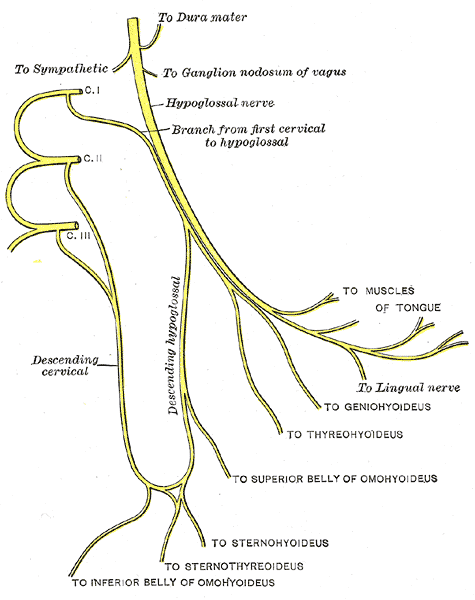Omohyoid muscle
Warning: No 'path' link found for variable 'nan' in YAML data.
Warning: No 'action' link found for variable 'None' in YAML data.| Muscle | Origin | Insertion | Innervation | Action |
|---|---|---|---|---|
| Omohyoid | Tenses cervical fascia (via intermediate tendon) |
Origin
Insertion
Innervation
Action
Strain-Counterstrain
References
1.
Betts JG, Blaker W. Openstax Anatomy and Physiology. 2nd ed. OpenStax; 2022. https://openstax.org/details/books/anatomy-and-physiology-2e/?Book%20details
2.
Gray H. Anatomy of the Human Body. 20th ed. (Lewis WH, ed.). Lea & Febiger; 1918. https://www.bartleby.com/107/
3.
Myers HL, Devine WH, Fossum C, et al. Compendium Edition: Clinical Application of Counterstrain. Compendium ed. Osteopathic Press; 2012.
Citation
For attribution, please cite this work as:
Yomogida N, Kerstein C. Omohyoid muscle. https://yomokerst.com/The
Archive/Anatomy/Skeletal Muscles/Head and Neck/Infrahyoid
muscles/omohyoid.html


